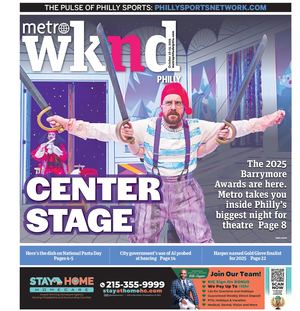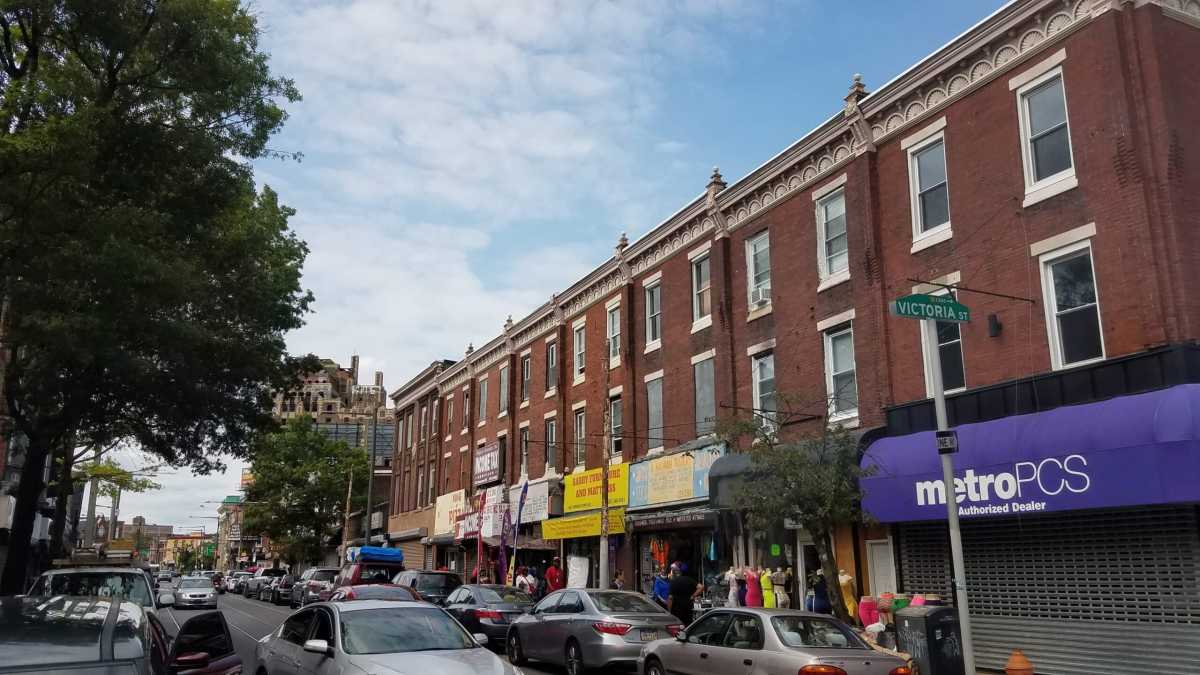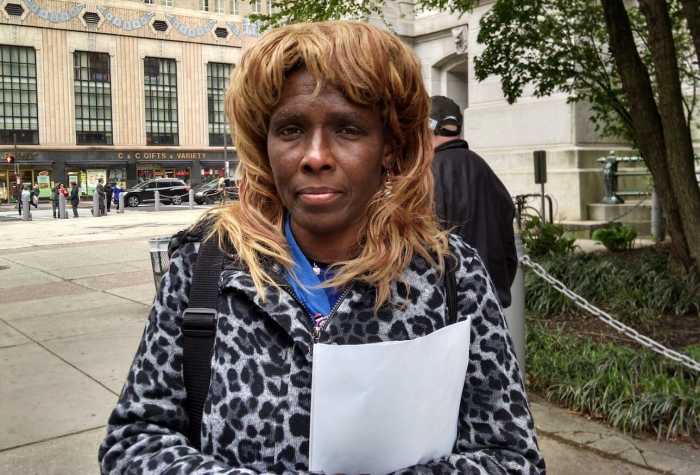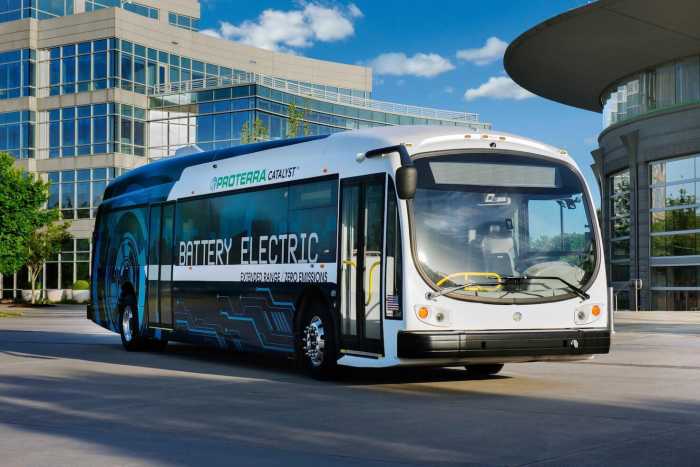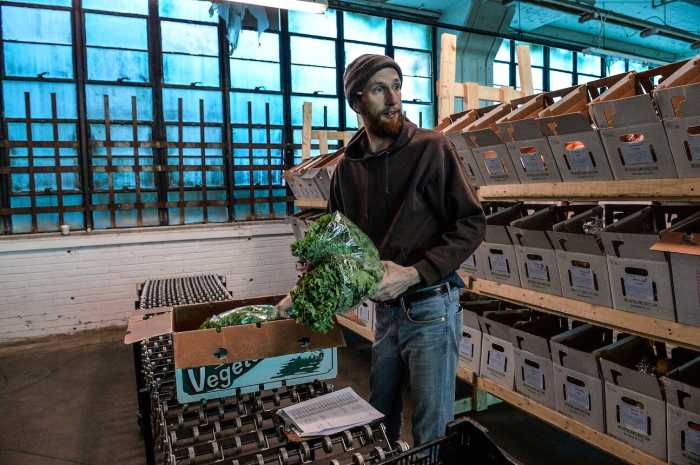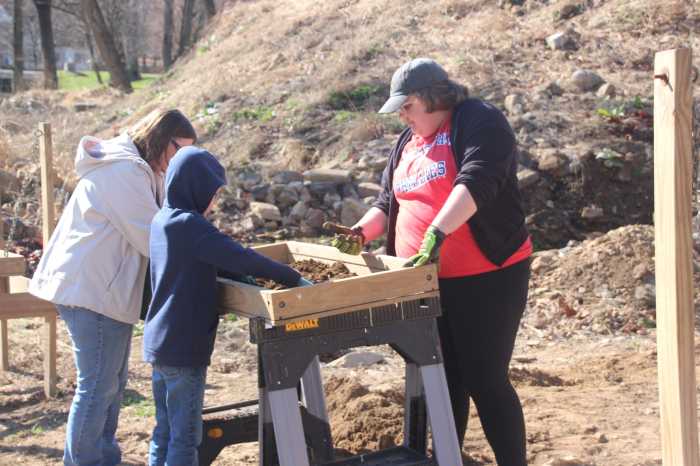A recently issued city report claims Philadelphia could prevent 400 premature deaths a year, generate 1,000 full-time jobs and spur a 12% reduction in crime by investing heavily in tree planting and maintenance.
The Philly Tree Plan, a 128-page document that has been in the works for at least three years, proposes focusing efforts in the neighborhoods with the least amount of tree coverage and hiring additional city staff to oversee the “urban forest,” among a host of other recommendations.
Officials from Mayor Jim Kenney’s administration say the goal is to boost citywide tree canopy coverage – the amount of land shaded by leaves and branches – from 20% to 30% over the next 30 years.
But the extra green will not be cheap. The plan estimates that reaching the 30% target would cost more than $300 million.
Philadelphia lost 1,000 football fields worth of canopy, a drop of around 6%, between 2008 and 2018, according to a tree canopy assessment released in 2019.
The distribution is unequal, with a dearth of trees in majority Black and brown neighborhoods, particularly in former industrial areas – a disparity the plan refers to as a “public health emergency.”
More trees lead to cooler conditions in the summer, less polluted air and cleaner water, and trees have been shown to improve mental health, according to the report.
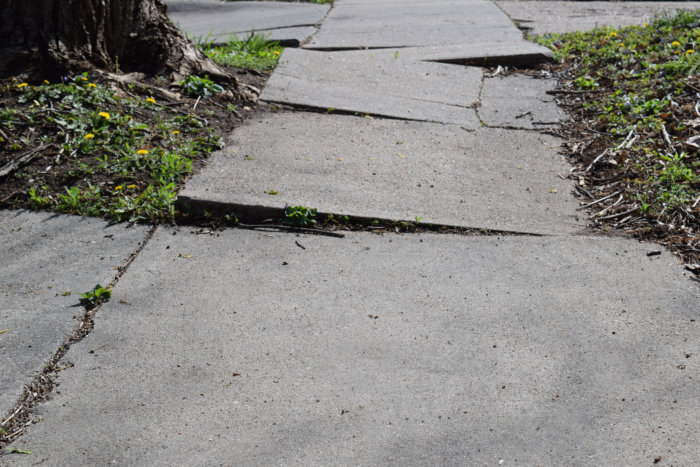
Residents have long been concerned with the risks posed by trees – mangled sidewalks and unstable limbs among them. The report pins that uneasiness to a history of underfunding and neglect from the city, which is responsible for trees adjacent to sidewalks (“street trees”) and trees in parks and along medians.
The Philly Tree Plan identifies seven sections of the city in the most dire need of additional trees, including a large swath of North Philadelphia.
South Philadelphia’s designated area, which incorporates many of the neighborhoods west of Broad Street, has the lowest canopy coverage, at just 5.5%, followed by Kensington and Harrowgate at 6%.
In addition to coverage, the plan also considered heat exposure, air quality, income and asthma rates in deciding on the zones, Mayor Jim Kenney’s office said.
Among the plan’s recommendations is that the Kenney administration hire a city forester to serve as a point person for all tree-related initiatives and issues.
The report calls for a dedicated utility tree coordinator and a sidewalk coordinator to help property owners repair sidewalks impacted by trees. (While street trees are the city’s responsibility, homeowners are responsible for sidewalk safety.)
Additionally, the Department of Parks and Recreation needs to hire more arborists and inspectors to regularly and proactively assess street trees, the plan says. Currently, experts mainly respond to 311 requests.
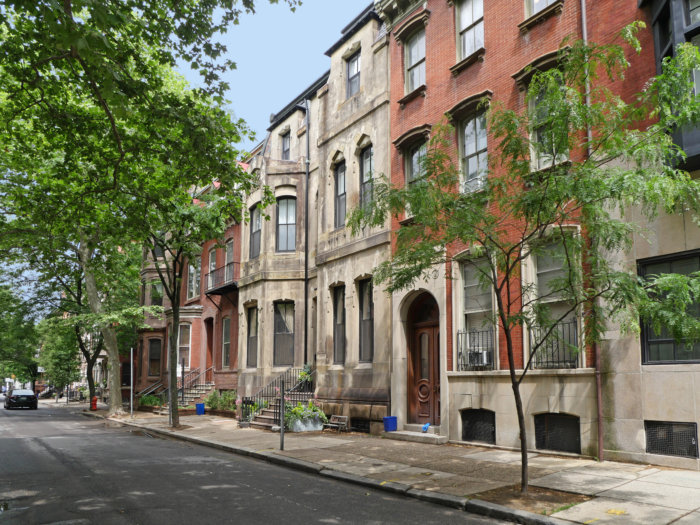
In all, 24 new Parks and Recreation staffers are needed over the next one-to-three years to implement the plan. Another 43 positions would be necessary over the next decade, according to the documents.
To get to the 30% target, $128 million need to be invested in street trees alone by 2030 and $303 million in total by 2050. The plan notes that the yearly contribution, $25.5 million, is a fraction of the municipal budget.
Kenney’s office said $2 million was included in this year’s budget to advance the tree plan, and the administration is also hoping to tap into federal dollars allocated through the Inflation Reduction Act.
Tens of millions of dollars could be generated through a new fee for developers who cannot plant or replace trees, the plan suggests. It also argues that trees, and particularly mature plants, should be better protected during construction.
Zoning code changes should be made to encourage trees, and saplings should be planted around school properties, especially in the high priority zones, the report says.
The plan also calls for increased funding and staffing to maintain natural lands, such as Fairmount Park and Wissahickon Valley Park.
Officials said more than 9,000 residents submitted input as part of an extensive public engagement process to craft the Philly Tree Plan.
